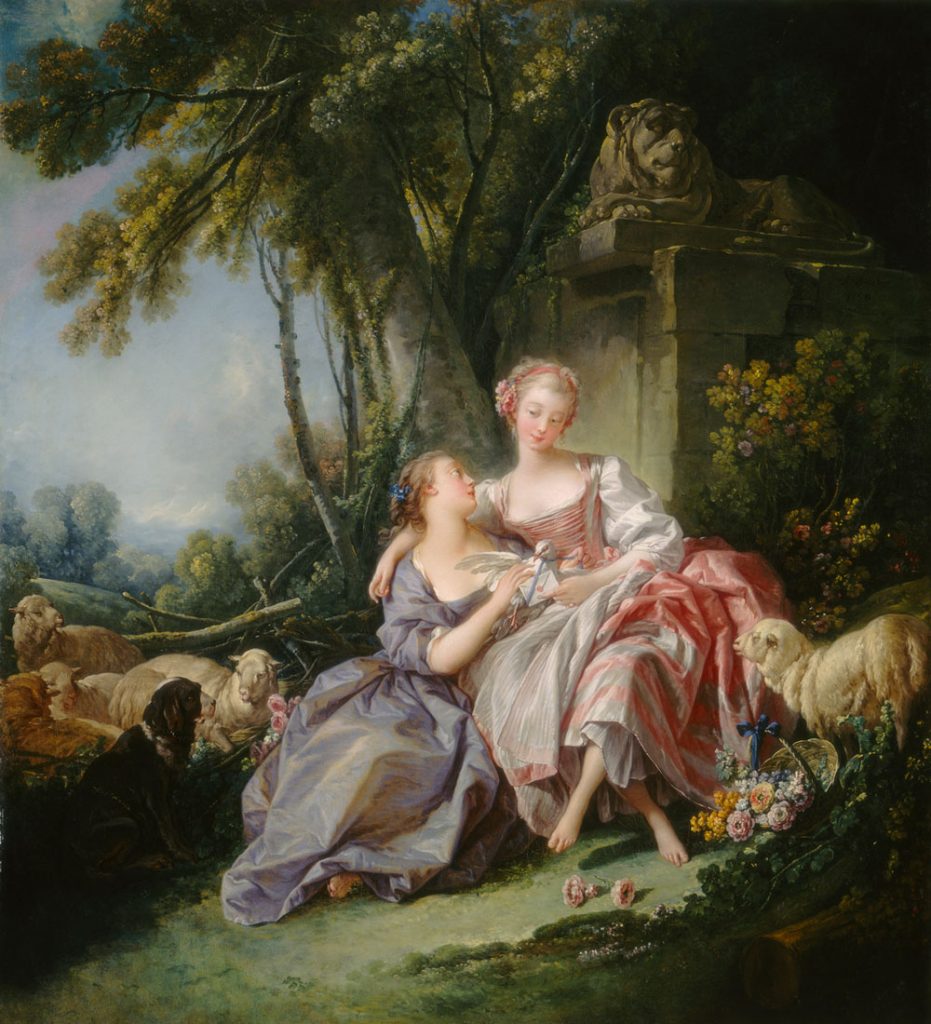Dr. Silvester Gardiner (1708-1786)
Table

The Love Letter, 1750. Oil on canvas, 81.2 x 75.2 cm (31 15/16 x 29 5/8 in.) National Gallery of Art, Washington, Timken Collection, 1960.6.3. Image courtesy of National Gallery of Art, Washington, www.nga.gov.” width=”1000″ height=”1100″ /> François Boucher, The Love Letter, 1750. Oil on canvas, 81.2 x 75.2 cm (31 15/16 x 29 5/8 in.) National Gallery of Art, Washington, Timken Collection, 1960.6.3. Image courtesy of National Gallery of Art, Washington, www.nga.gov.
The Rococo period is defined by an ornamental taste and style originating in Paris, France, in the early 18th century. Although first seen in furniture and architecture, the influence of the Rococo style branched into paintings as well, in response to the stark colors previously in vogue, and traditional religious themes. Instead, Rococo artists created softer and more fluid works that sometimes even included risqué themes in its subjects. The Rococo style arrived in the Americas near the end of the 18th century around the time of the American Revolution when John Singleton Copley was painting. The frame on Copley’s painting reflects the florid, decorative style that became popular when it was introduced to the Colonies from Europe.
